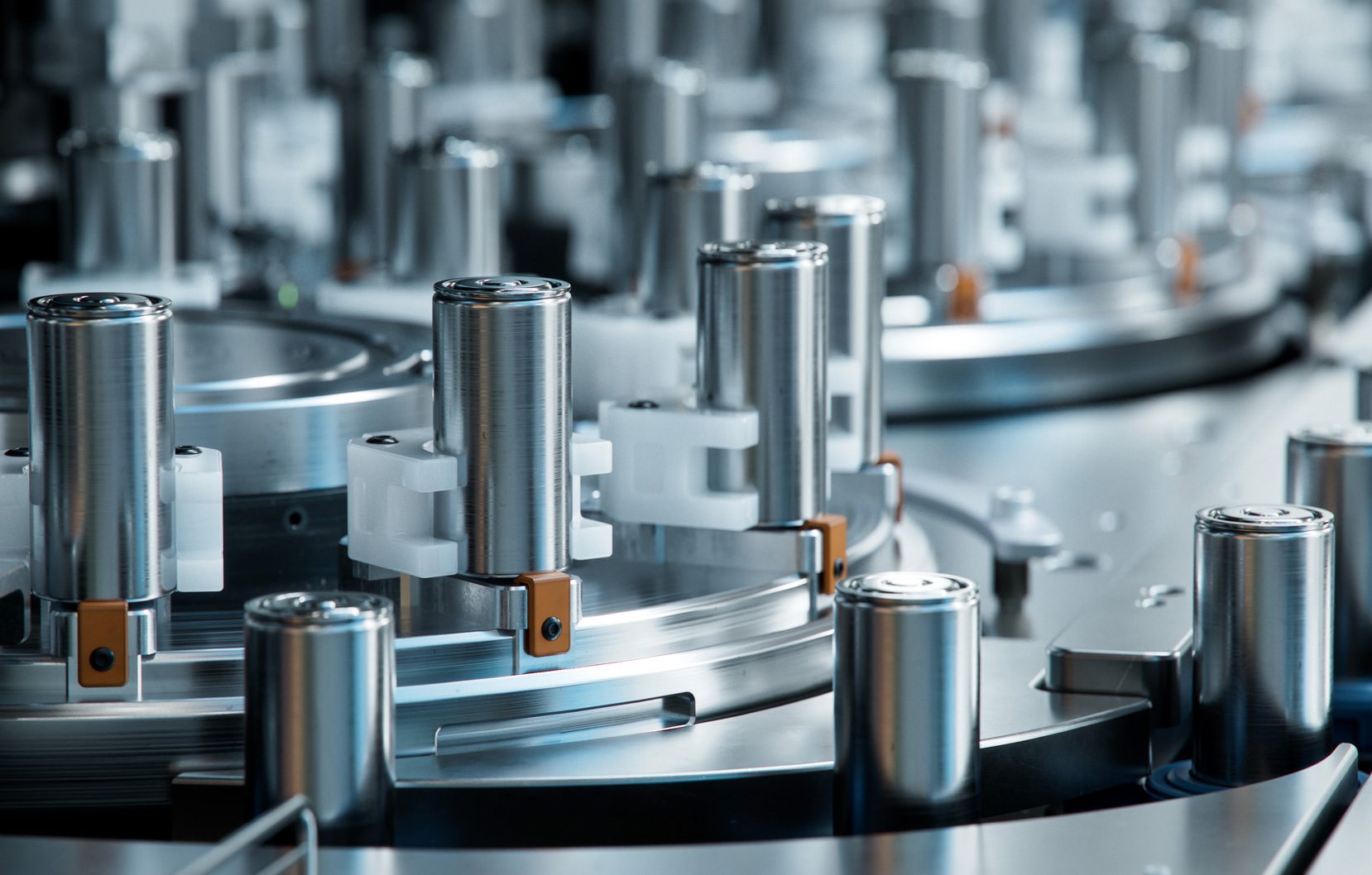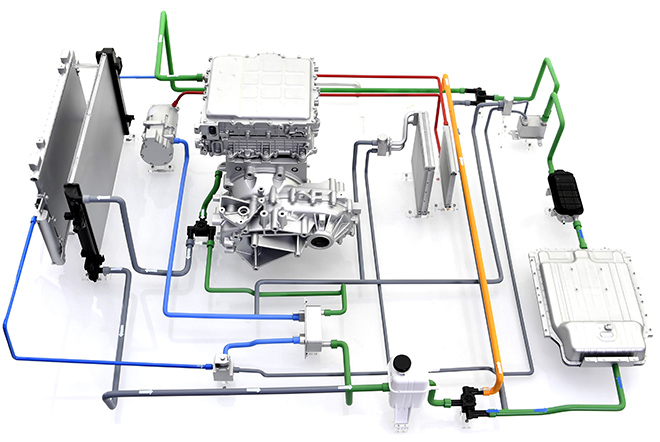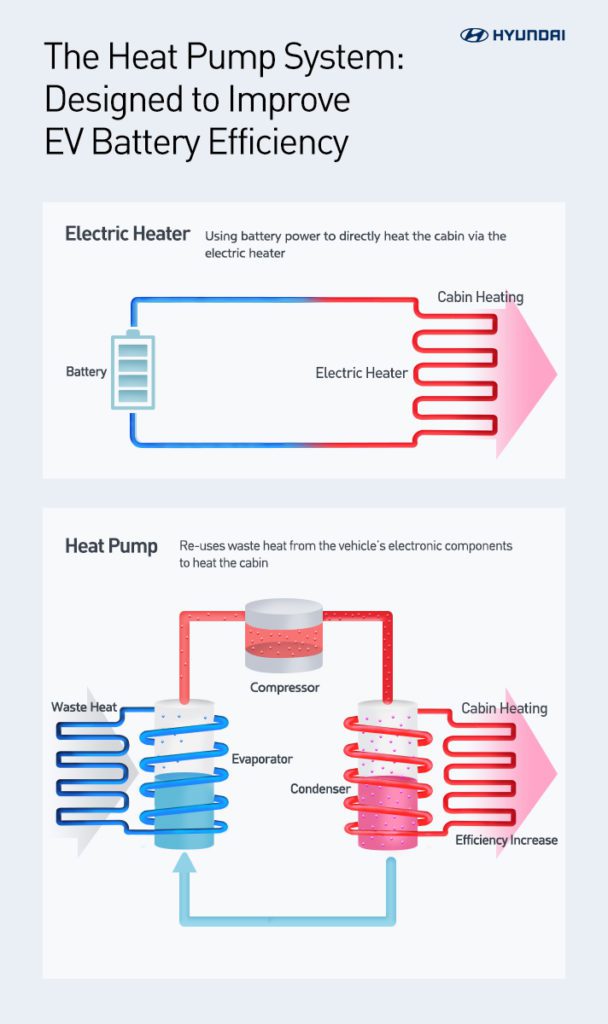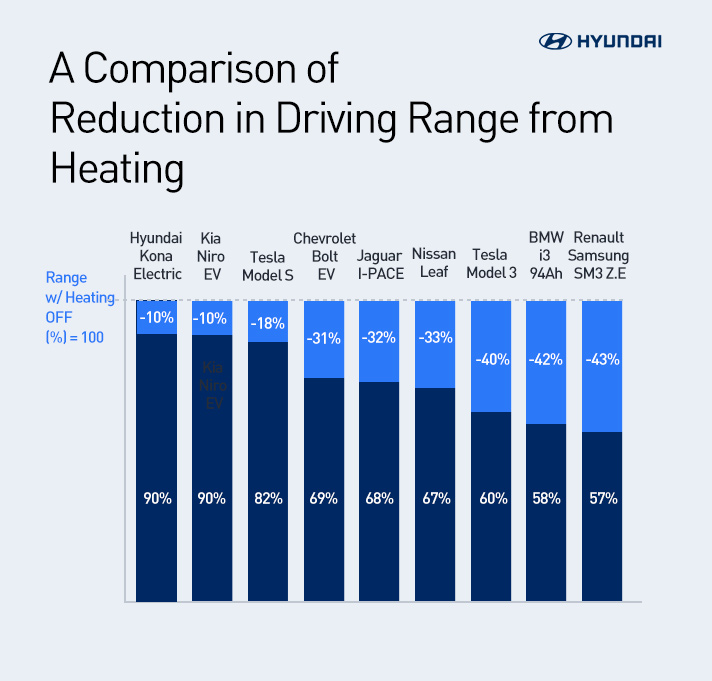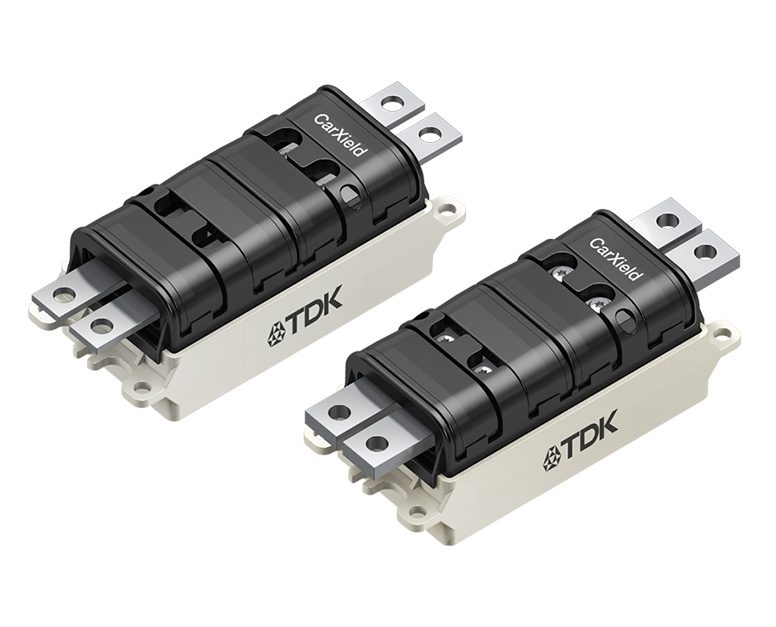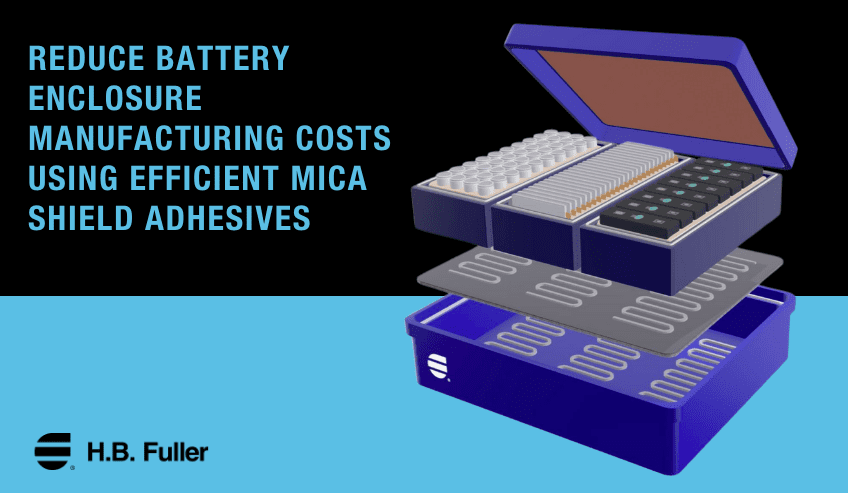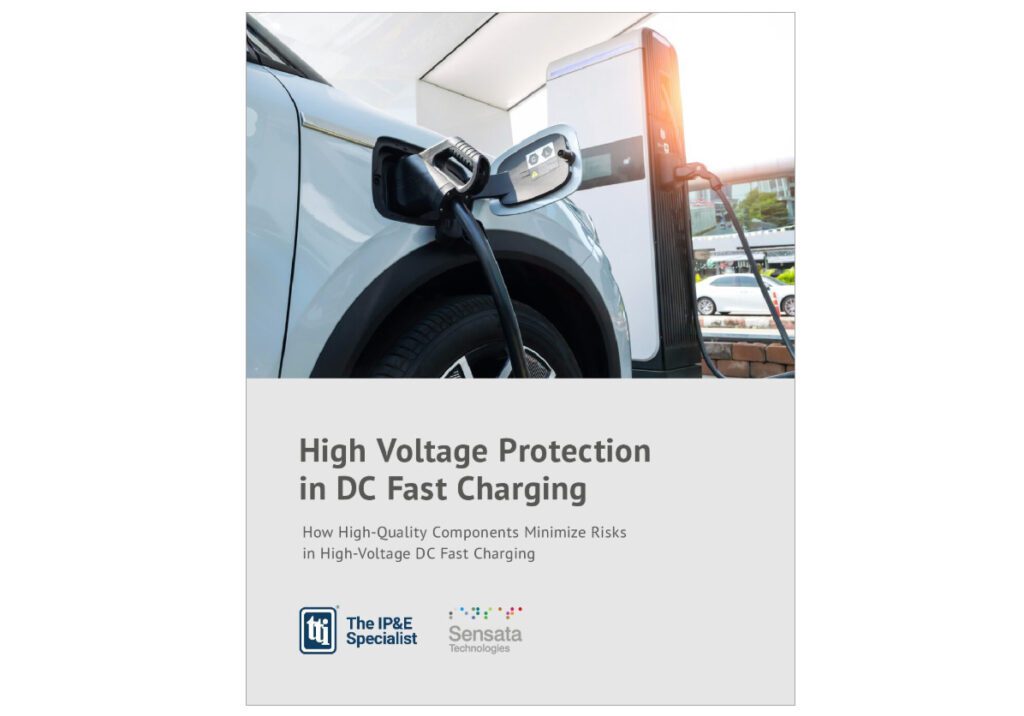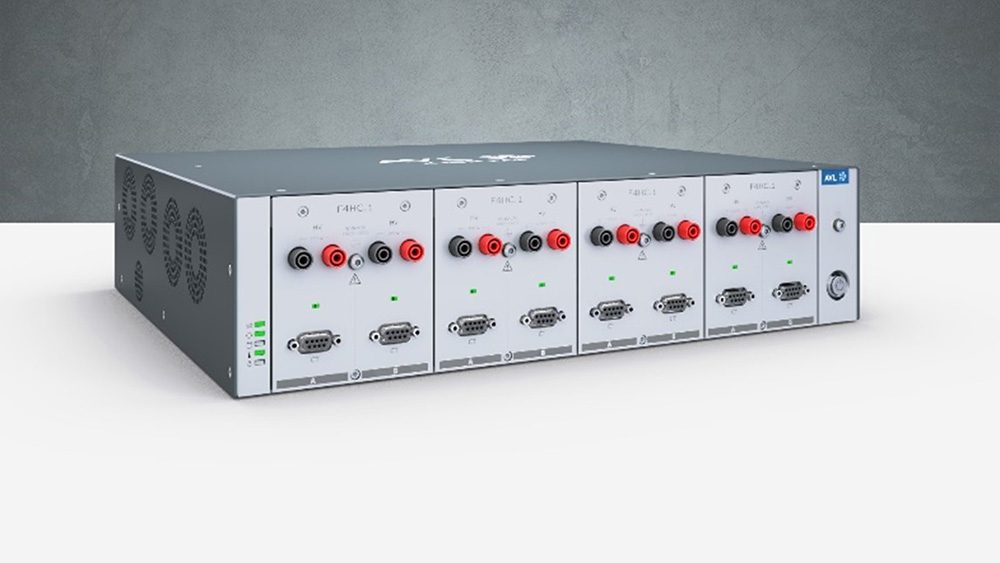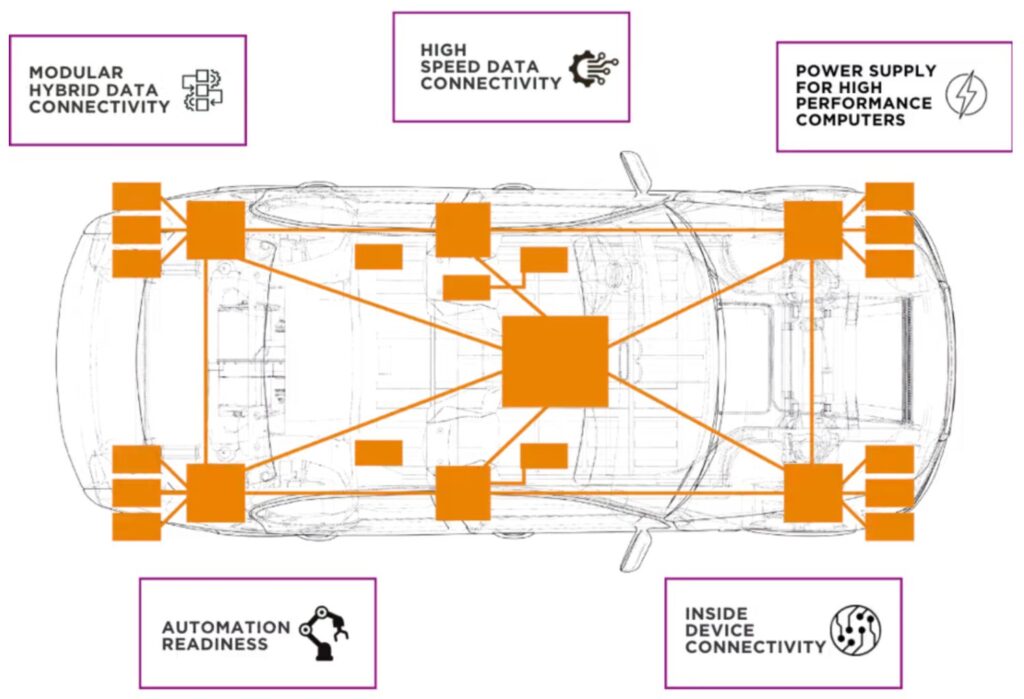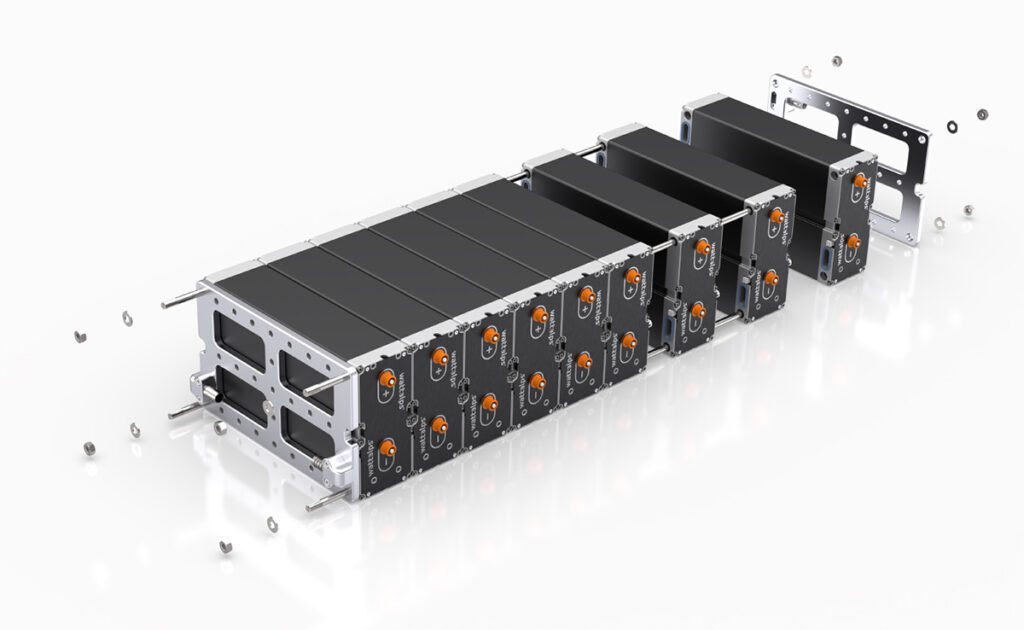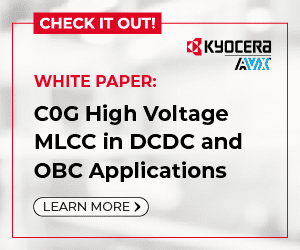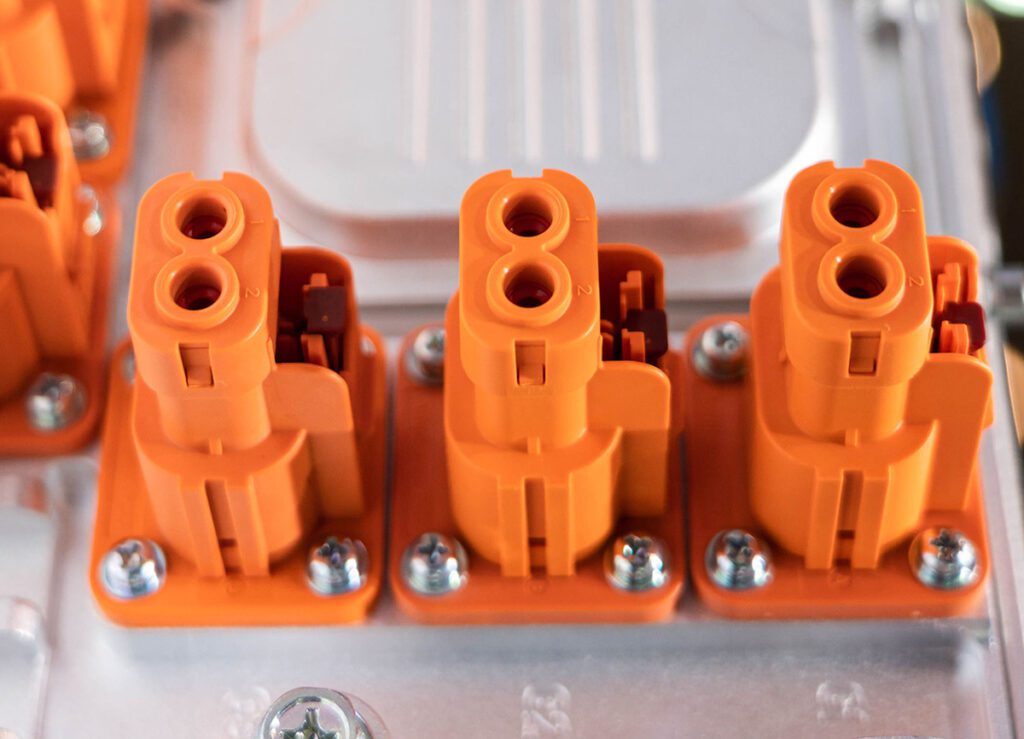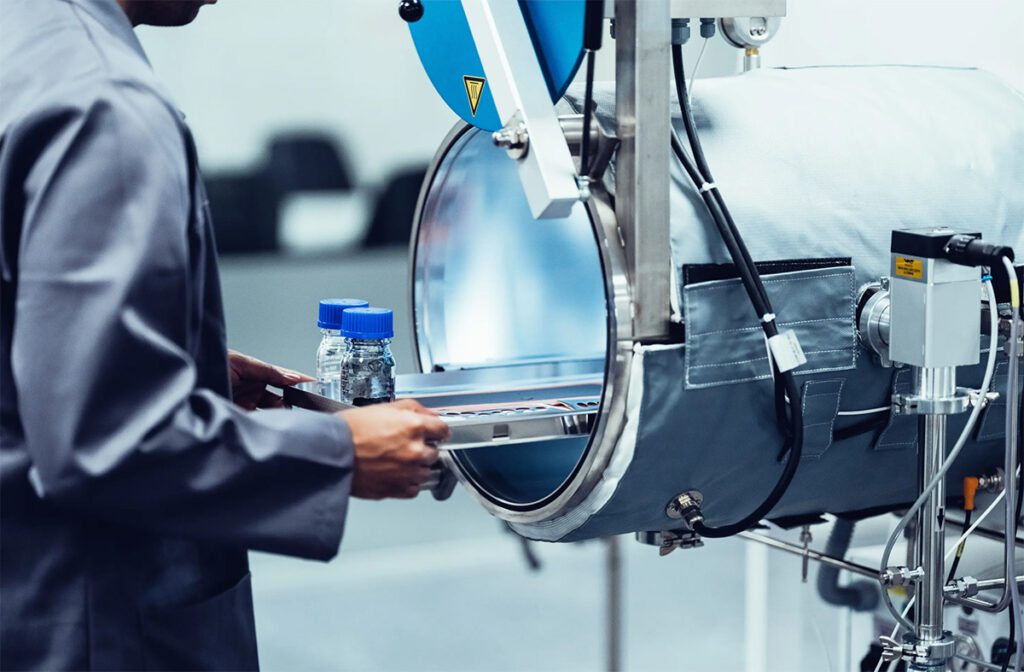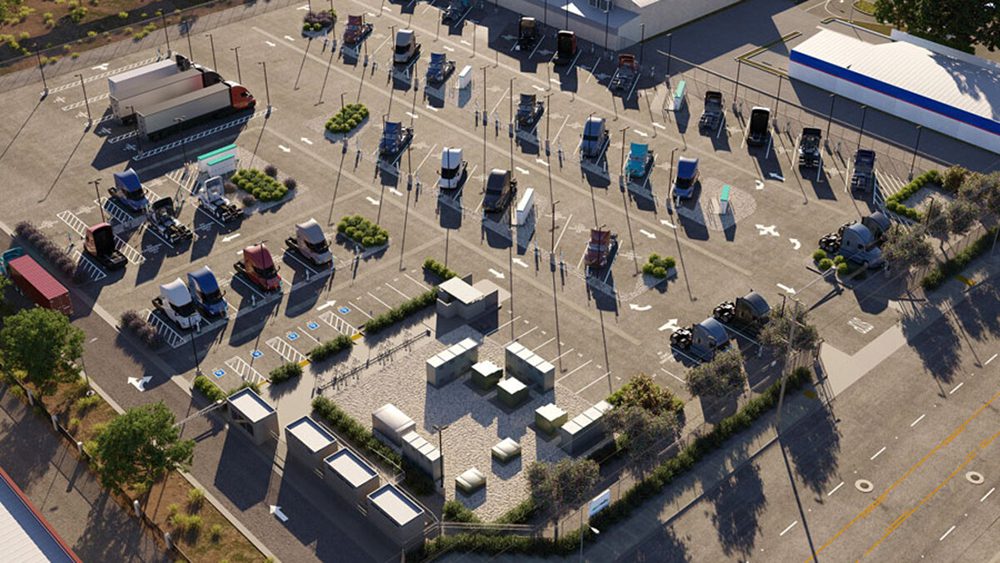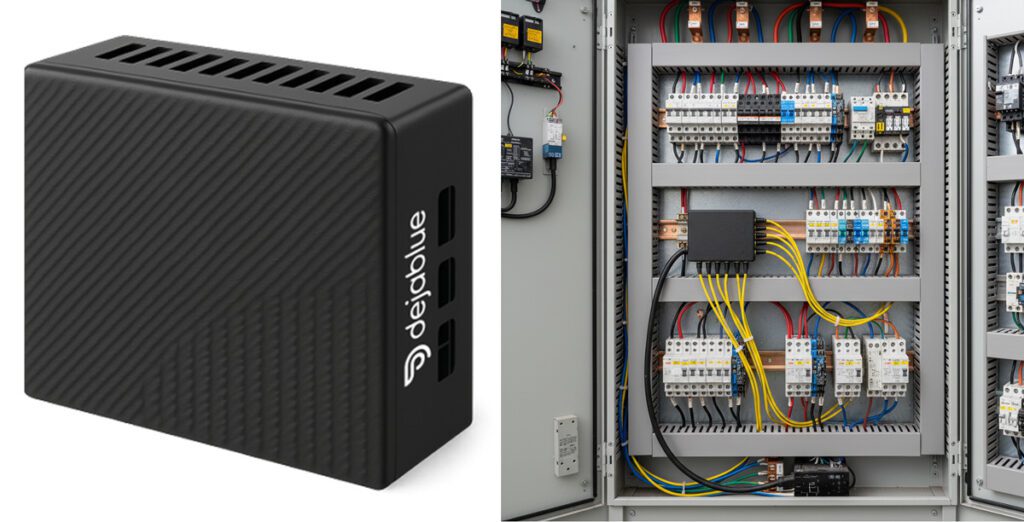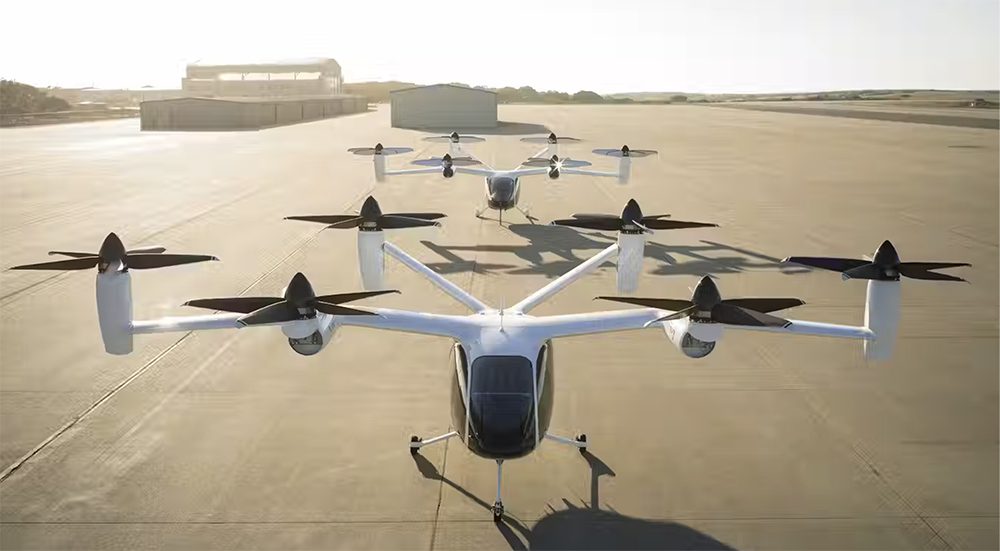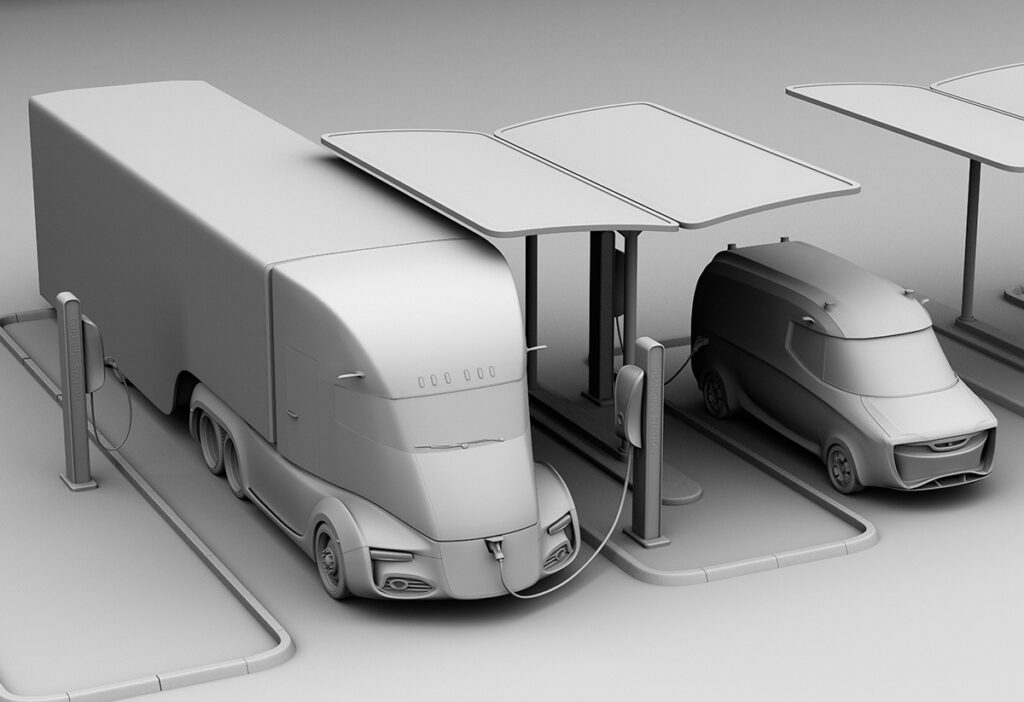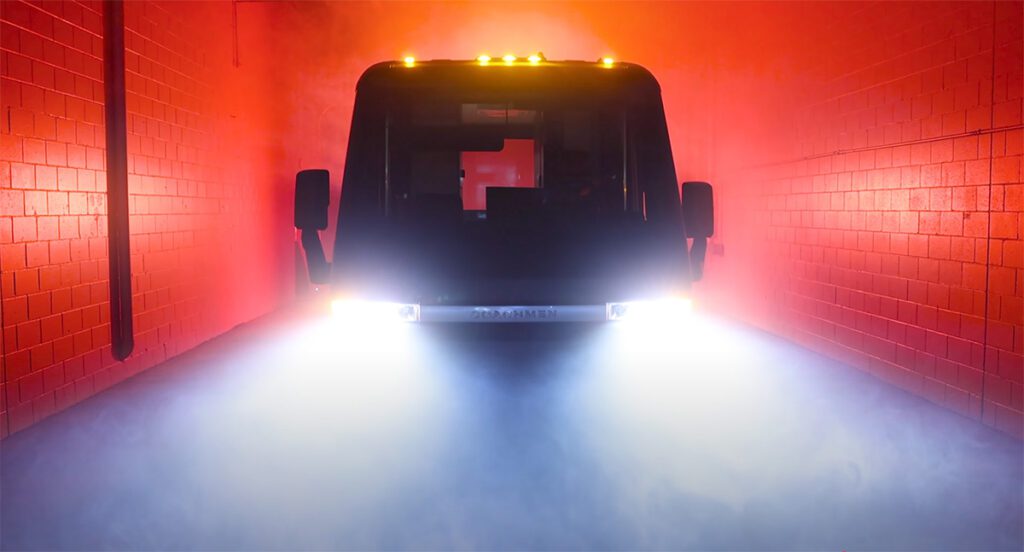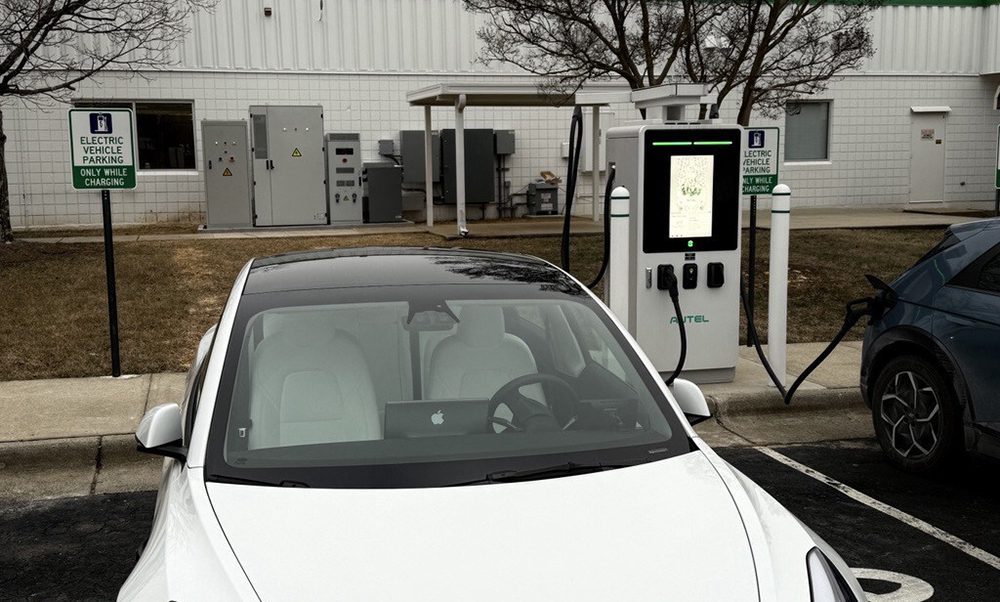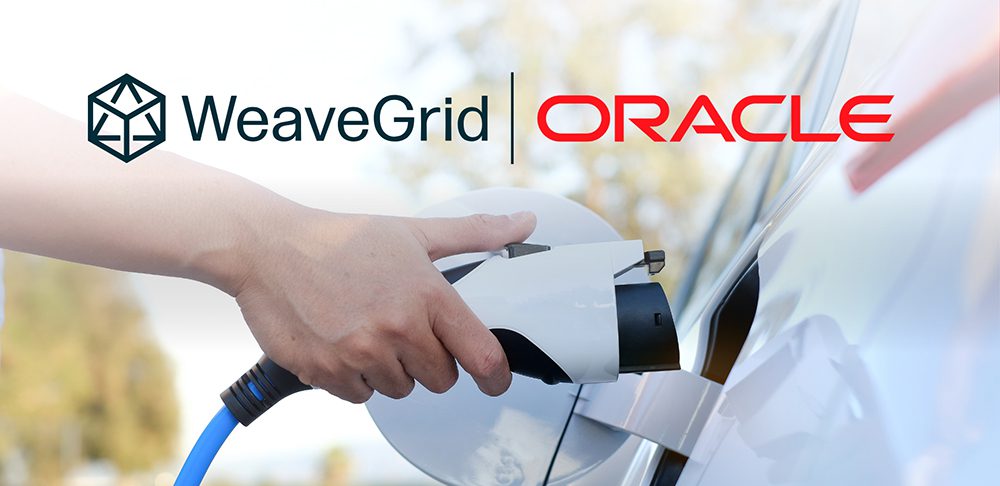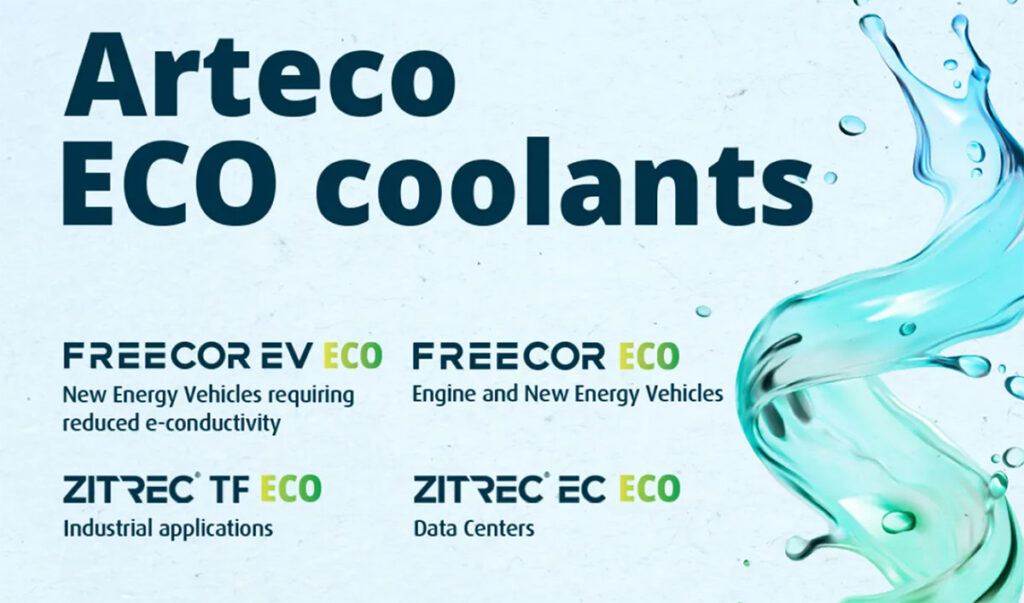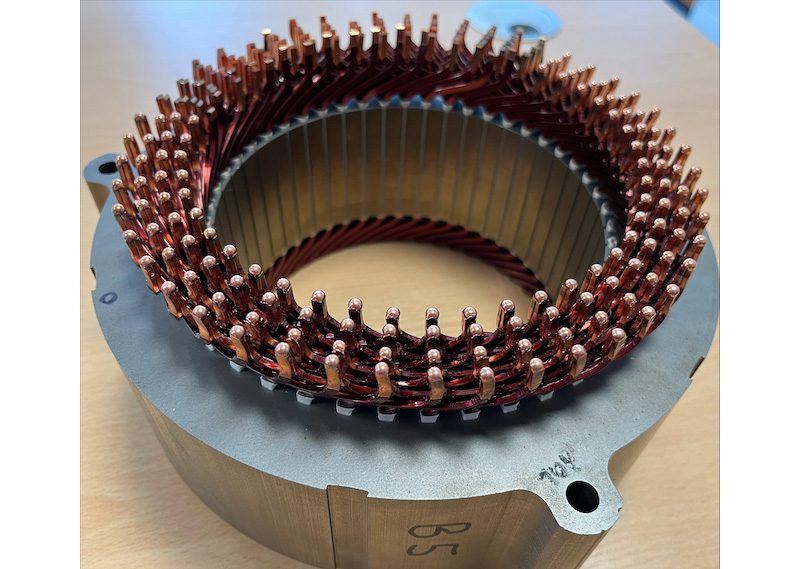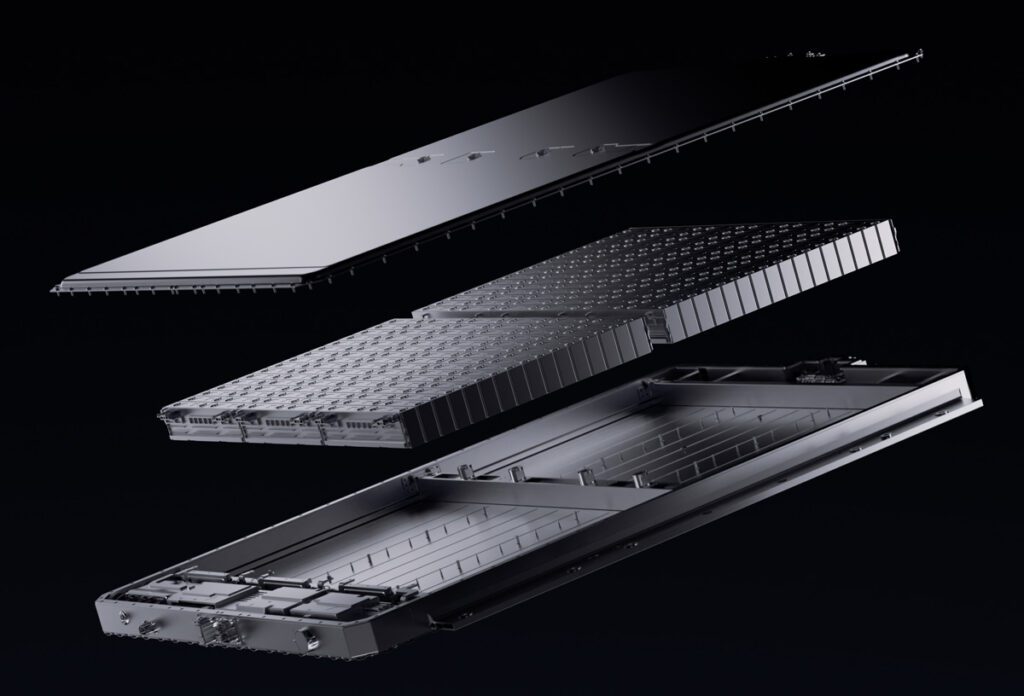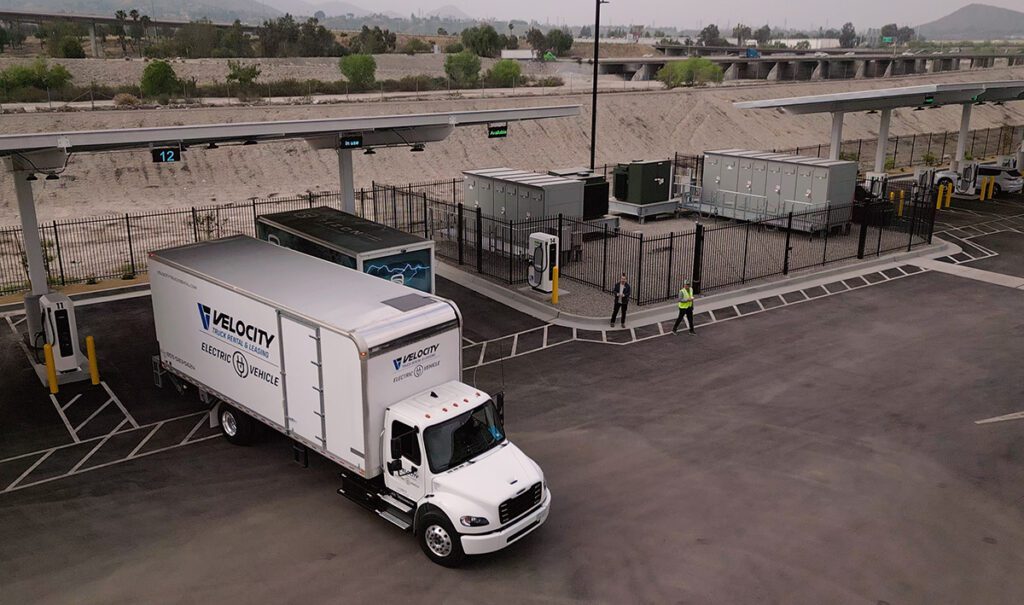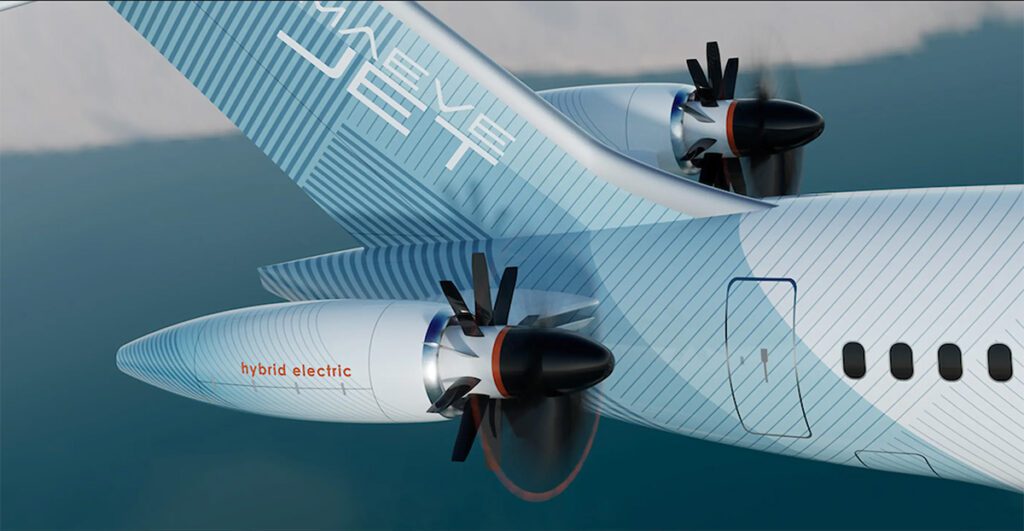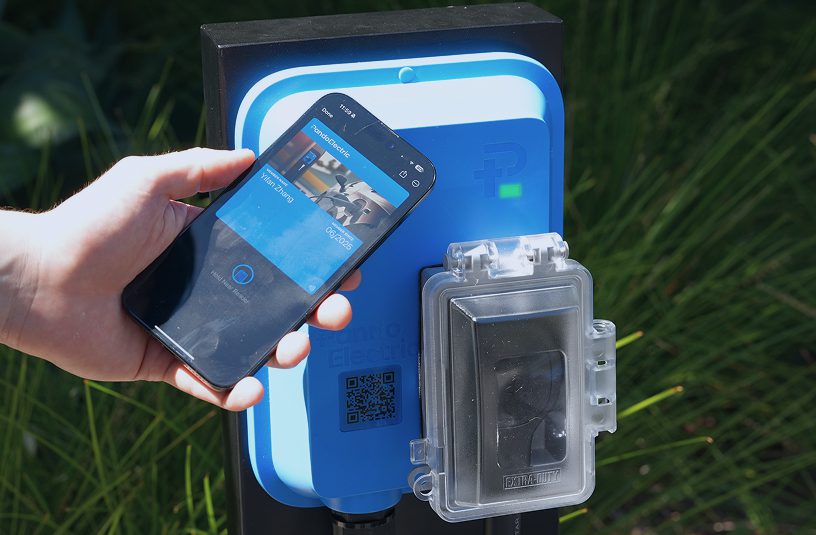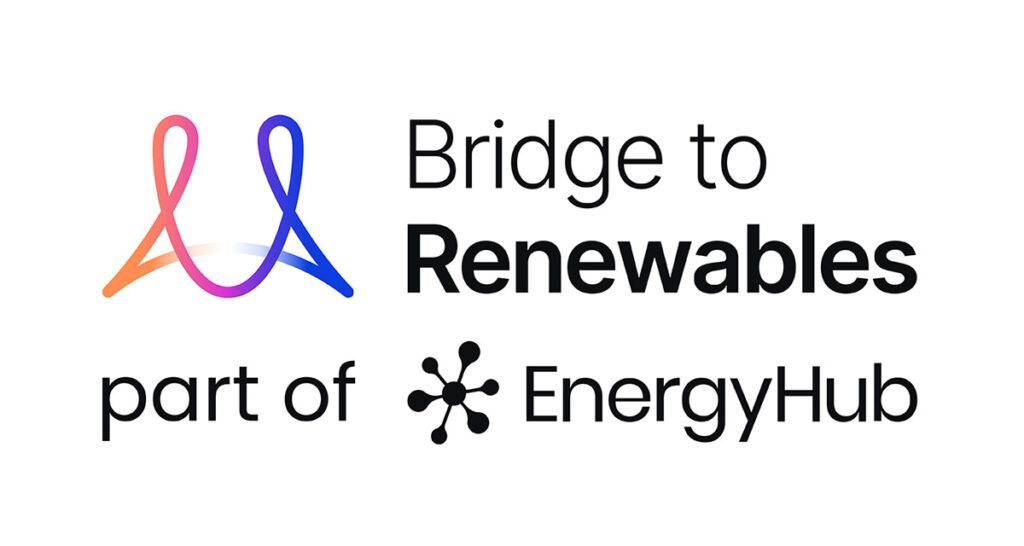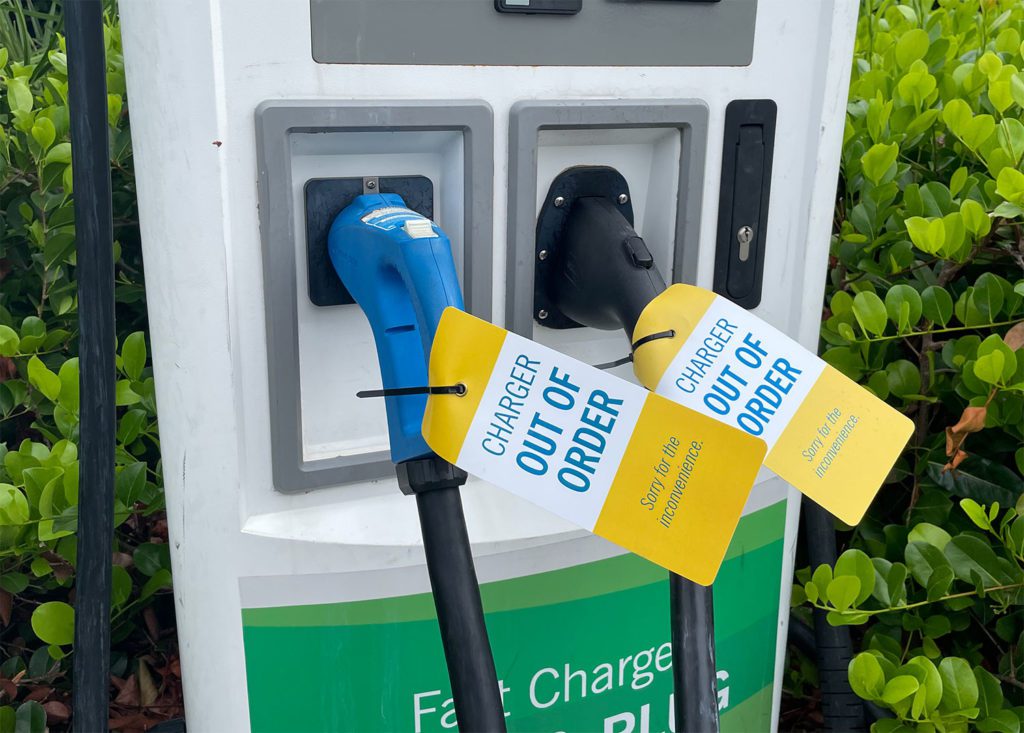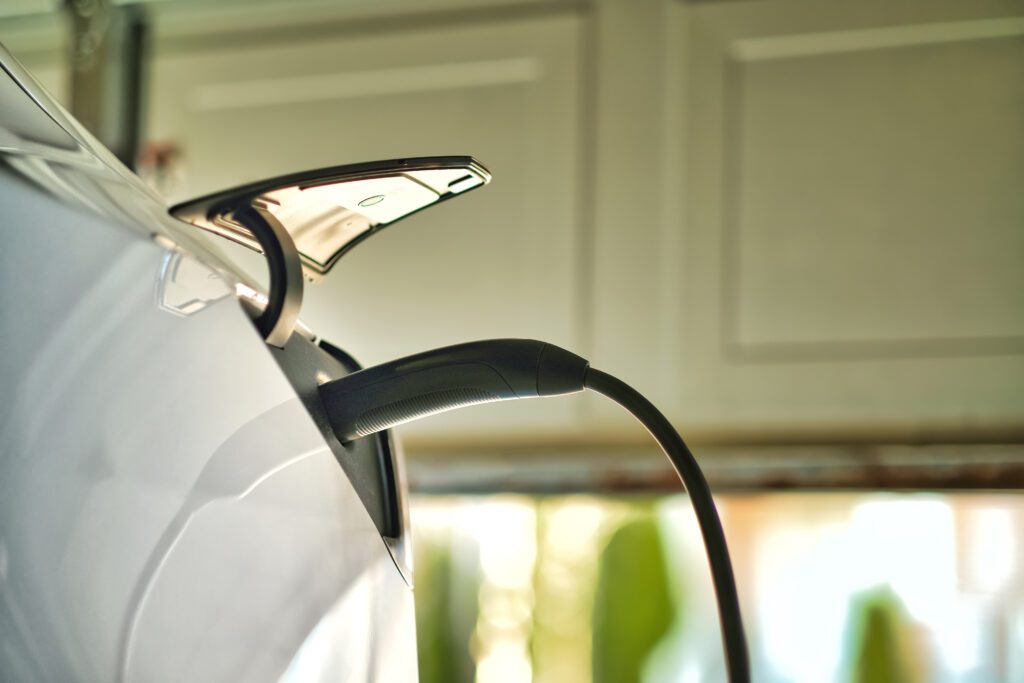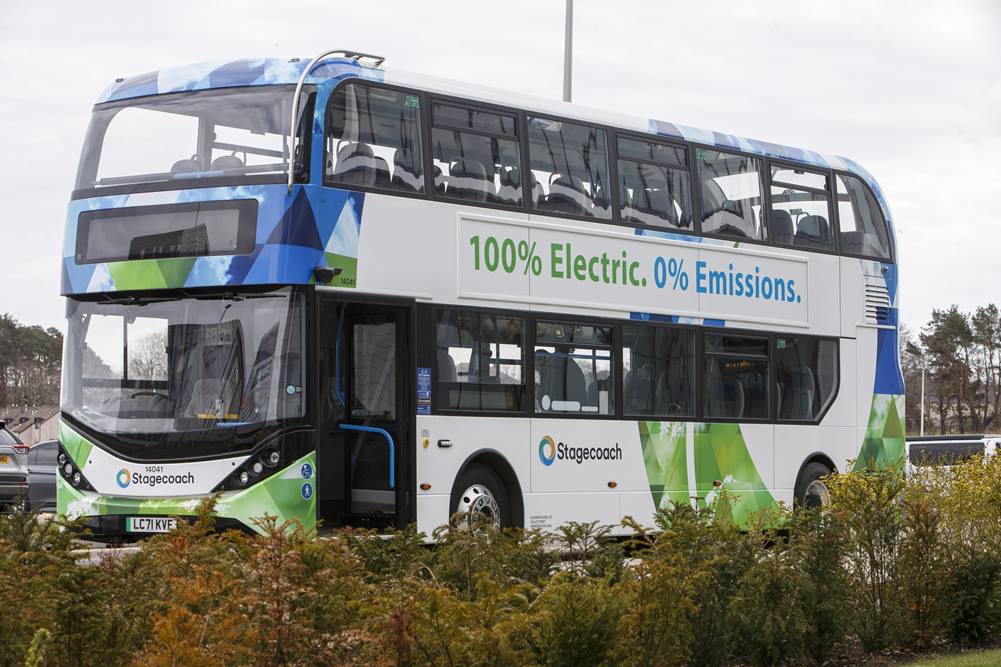Hyundai and Kia have revealed the details of their new heat pump system, which is designed to maximize EV driving range in low temperatures. The automakers say the heat pump maximizes the distance that EVs can travel on a single charge by scavenging waste heat to warm the cabin.
The original technology was introduced in 2014 on the first-generation Kia Soul EV. Comprising a compressor, evaporator and condenser, the heat pump captured waste heat given off by the vehicle’s electrical components, recycling this energy to heat the cabin.
The new system scavenges waste heat from an increased number of sources, including drive motors, on-board chargers, inverters, battery packs and slow chargers. The heat generated by these components is used to vaporize refrigerant from liquid to gas form. High-pressure gas is discharged from the compressor and forced into a condenser, where it’s converted back into a liquid. This process generates additional heat energy that is recovered by the heat pump and used to warm the cabin, reducing the load on the battery system.
The Norwegian Automotive Federation (NAF) recently compared 20 EVs in cold and warm weather conditions to identify models with the most consistent driving range and charging performance. The test monitored the performance deviation of each vehicle in cold conditions compared to quoted manufacturer figures. The Hyundai Kona Electric, which uses the new heat pump technology, took first place, traveling 405 km in the cold, compared to the nominal 449 km under combined cycle testing conditions (23° C / 73° F). In severe cold weather, the Kona Electric delivered 91 percent of its nominal range.
Hyundai and Kia say their battery pack water-cooling system yields further increases in range without increasing physical dimensions. EV battery cells can be packaged more tightly, as water-cooling channels take up less space than air-cooling channels, increasing battery density by up to 35 percent.
A study carried out by Korea’s Ministry of the Environment on the Hyundai Kona Electric and Kia Niro EV found that the heat pump significantly reduced battery consumption in cold conditions. When each car was driven in temperatures of -7° C (19° F) with the HVAC system activated, they were able to maintain 90 percent of their driving range compared to journeys undertaken at an ambient 26° C (79° F).
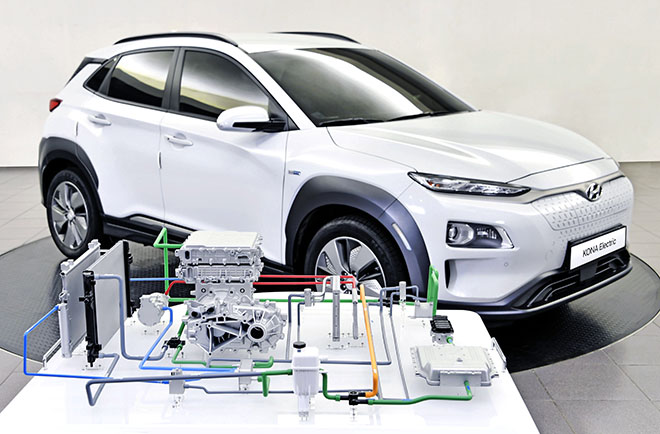
Source: Hyundai

